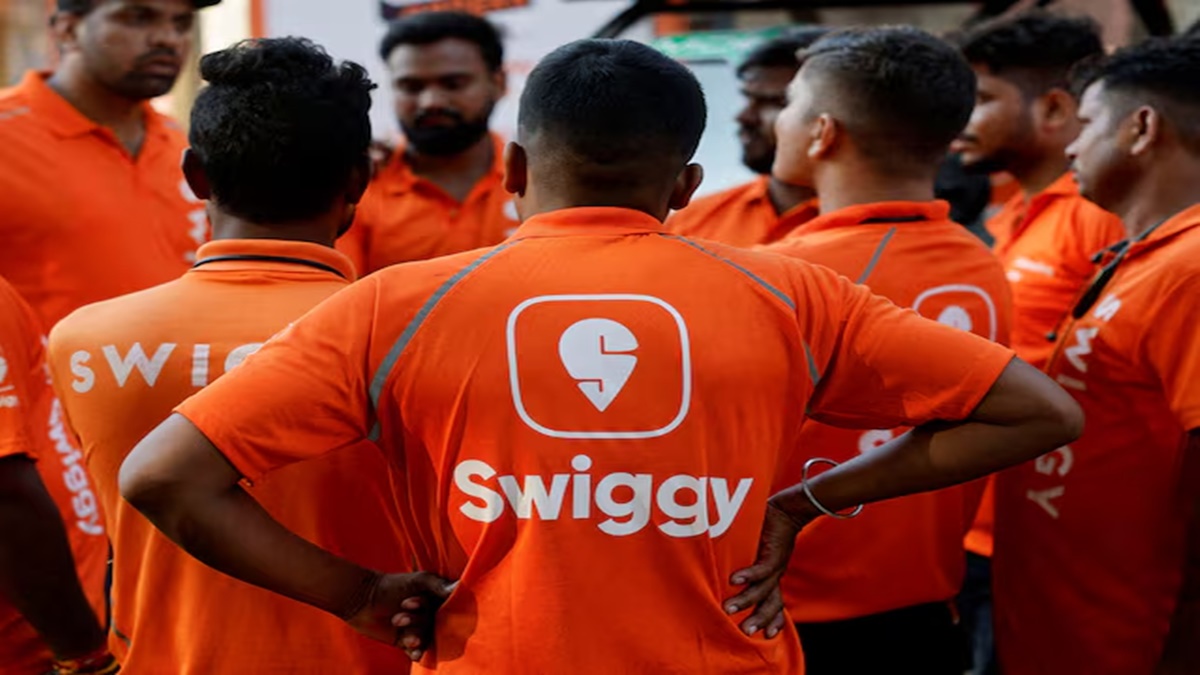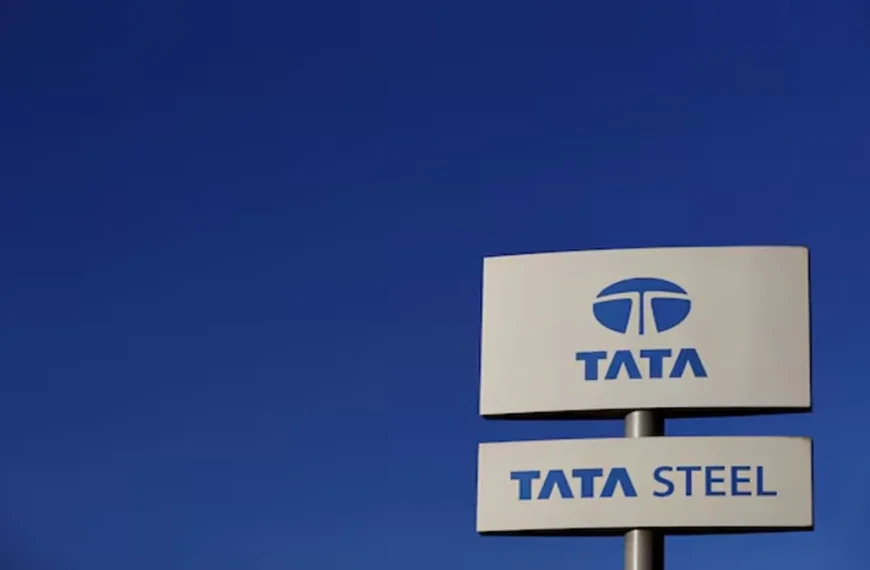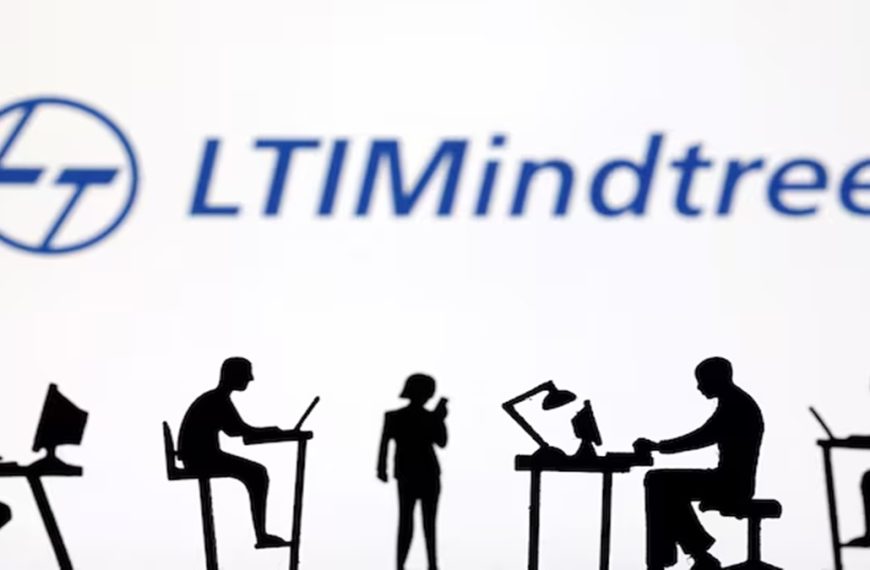As the food delivery market experiences a slowdown, Swiggy is making a bold move with its 10-minute delivery service, Bolt, aiming to boost user interaction and tackle escalating financial losses. In its latest earnings report for the January-March quarter, Swiggy showcased a remarkable 45% year-on-year revenue increase, amounting to Rs 4,410 crore, but also revealed a significant loss of Rs 1,081 crore.
Swiggy Faces Stagnation in Food Delivery
Swiggy’s primary food delivery segment has shown signs of stagnation. The adjusted revenue saw a minimal growth of just 0.3% sequentially, totaling Rs 1,867 crore, while year-on-year growth stood at 19%. Swiggy’s CEO, Sriharsha Majety, acknowledged this trend in a letter to shareholders, stating, "The food delivery sector is reaching maturity. Future growth will hinge on innovating to attract new customers and diversify meal offerings."
Bolt: A Game Changer for Swiggy
In light of these challenges, Swiggy is positioning Bolt as a key differentiator in the market. This service is operational in over 500 cities and currently contributes more than 12% of Swiggy’s food delivery orders. Majety noted that users acquired through Bolt exhibit 4-6% higher monthly retention rates compared to the platform’s average, suggesting Bolt could be pivotal in enhancing market presence and customer loyalty.
Zomato’s Retreat: A Contrasting Strategy
Interestingly, Swiggy’s confidence in Bolt contrasts sharply with its competitor Zomato, which recently discontinued its own 10-minute delivery service, Zomato Quick. Zomato’s CEO, Deepinder Goyal, cited challenges like inadequate infrastructure and unpredictable demand as reasons for the shutdown, emphasizing the difficulty of achieving profitability without compromising customer satisfaction.
Optimism Surrounding Bolt’s Growth Potential
Despite industry skepticism, Swiggy remains upbeat about Bolt’s performance. Executives highlighted that Bolt is growing rapidly and maintains an average order value consistent with the platform’s standards. The service’s business model encompasses three order types: deliveries within the 10-minute timeframe, users opting for the expedited service, and new customer segments. According to Swiggy, faster delivery often leads to higher conversion rates among customers.
Challenges in Quick Commerce
However, Swiggy faces significant hurdles in its quick commerce segment. The grocery delivery service, Instamart, continues to incur losses, with contribution margins declining from -1.9% in September 2024 to -5.6% by March 2025. The company opened over 300 dark stores in the recent quarter, surpassing the total for the past two years, yet utilization rates remain low.
Swiggy attributes this margin decline to the immaturity of many stores and high customer incentives. “With nearly 500 new stores added over FY25, almost half of our dark stores are under one year old,” the company explained, also noting a slight dip in average order values to Rs 527 in Q4.
Analyst Perspectives: Cautious Optimism
Market analysts express caution regarding Swiggy’s trajectory. "It’s premature to draw conclusions," noted one e-commerce expert. “Bolt accounts for only 10-12% of Swiggy’s total food orders. While claiming to operate in 500 cities sounds impressive, it was only 400 cities last quarter,” they added.
Swiggy aims to enhance Bolt’s appeal through a focus on hyper-local delivery within a 2 km radius and curated menus, hoping to improve profit margins over time. However, the challenge remains in balancing speed with profitability. As one cloud kitchen operator remarked, “The allure of getting a biryani in 10 minutes is enticing, but logistics will ultimately determine the victor in this race.”
In conclusion, while Swiggy’s Bolt presents exciting opportunities for rapid delivery, the company must navigate substantial operational challenges to achieve sustainable growth in a competitive landscape.











